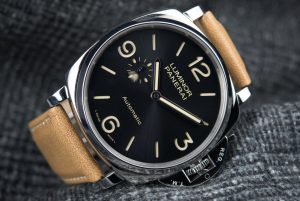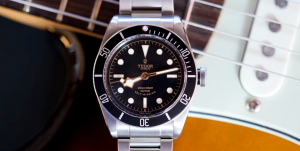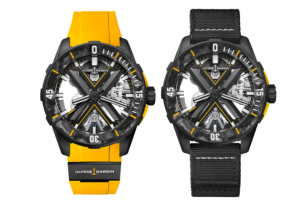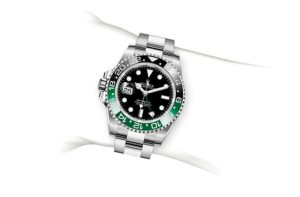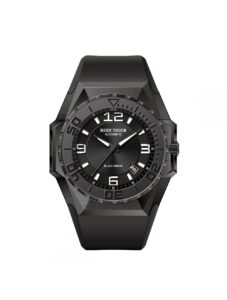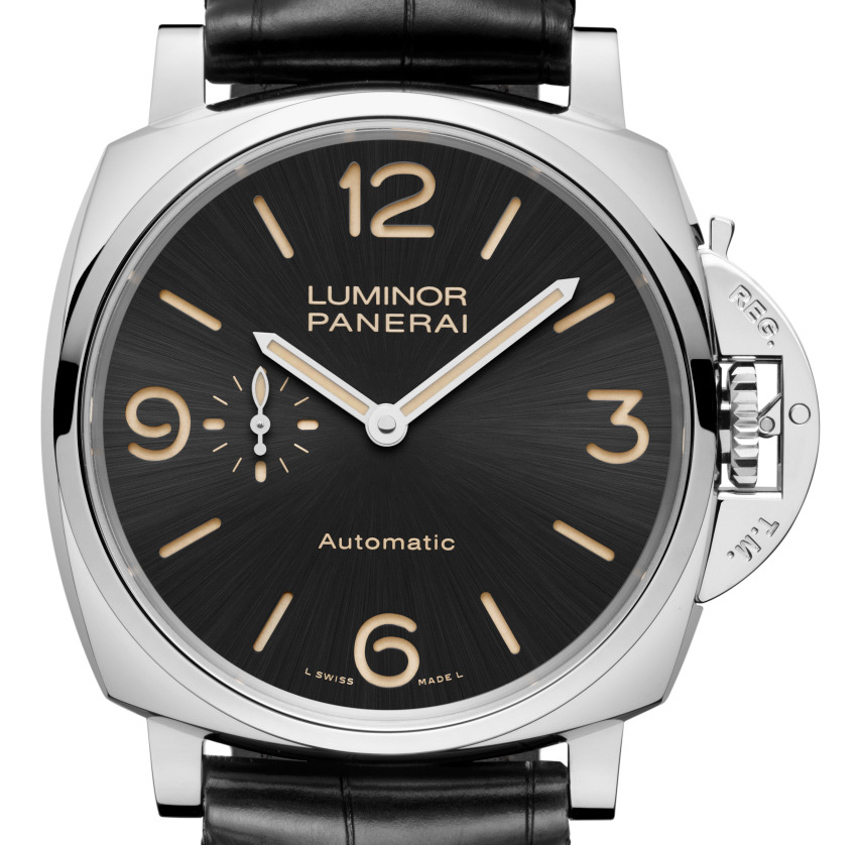
What’s next?” is the question that’s been on the lips of the nation – or at least those concerned Panerai fans, who thus far had to wonder what the next frontier may be for their beloved brand. The Luminor undoubtedly is the more popular and successful among Panerai collections – arguably paling the Radiomir in comparison – and while the brand has not shied away from releasing myriads of different iterations, the time has come for them today to release Luminor’s chapter due. Enter the Panerai Luminor Due 3 Days, with the new and in fact thinnest Luminors ever, the PAM676 and PAM677 pieces. Let’s dig in and see if the due name is justified.
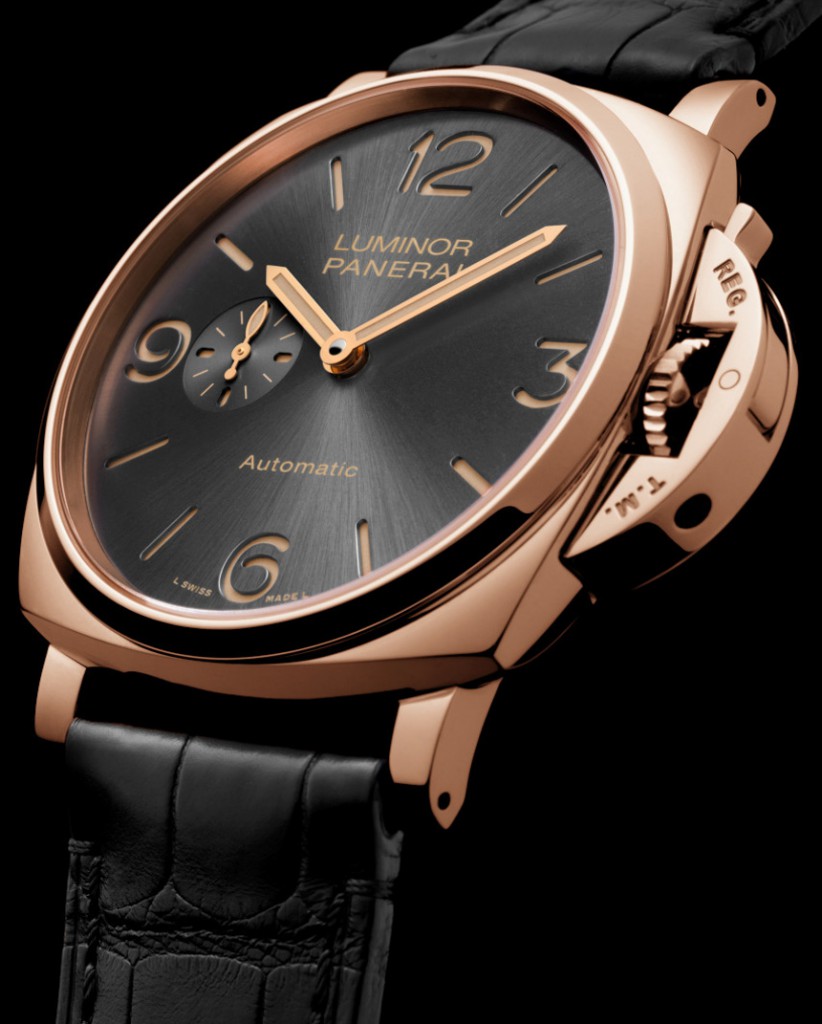
Due (pronounced “doo-eh”) stands for to “two” in Italian, and that quite clearly marks how Panerai luxury watch for sale is launching the second chapter Luminor case. Wow. The name of the game is thickness – or rather the very lack of it. The Panerai Luminor Due case, in some instances, is up to 40% thinner than the comparable Luminor Uno (no, they have not started calling them that).
Panerai is quick to stress, though, that “the ingredients for the new case are the ones well known to every connoisseur: the robust cushion case, large dial surrounded by the bezel (arguably not the most novel feature of all time), strong integrated lugs and the bridge-shaped device which seals the crown.” You need not be the most eagle-eyed of Paneristi either to see that the Luminor Due is heavily based on the Luminor 1950 case: it has what appears to be an extremely similar case and lug profile, albeit the aforementioned diet has of course taken effect.
The Panerai Luminor Due line will be debuted by four models, a steel and gold version in both 42- and 45-millimeter sizes. Let’s see them one-by-one. The Panerai Luminor Due 3 Days PAM676 and PAM677 are the 42-millimeter-wide models – the references refer to the 316L and red gold versions, respectively. Both will come in 10.5 millimeter thick cases with the in-house P.1000 manufacture fitted inside. The movement, unsurprisingly, will provide 3 days worth of power reserve, operate at a most welcome 4 Hertz. Notably – for those who are eyeing the red gold version – the caliber’s P.1000/10 skeletonized version makes its debut in the precious metal model. We have seen Panerai produce some very impressive-looking skeletonized movements before (check this 10 Days GMT PAM624, for example), so this is good news; and even your run-of-the-mill P.1000 in the steel PAM676 offers plenty of eye-candy. The dials, because they are always subject to scrutiny by the fans of the brand, are either black in the steel version, or anthracite grey in the gold PAM677. They have the classic sandwich structure and their top surface has been “enhanced” by a satiné soleil finish – that actually stands for “satin sun” and is in French, just to tingle your multi-lingo senses a bit. The hand-wound 42s are followed by automatic 45-millimeter-wide alternatives with the Panerai Luminor Due 3 Days Automatic PAM674 in steel and PAM675 in red gold. Powered by the micro-rotor-equipped P.4000 in-house caliber, these also sport the claimed 72 hours of power reserve and the 4-Hertz frequency, while coming in at a mere 3.95 millimeters thick. The end result is a case that is unnoticeably thicker than the 42: the PAM674 and PAM675’s 45mm cases will be just 10.7 millimeters thick. As was the case with the smaller versions, the the red gold PAM675 will get a skeletonized caliber, in this instance, the P.4000/10.
With all this noted, we must return to discussing the case in a bit greater detail. The impressive thinness (for Panerai, that is) would have hardly been possible for the brand had it not had these sufficiently thin in-house calibers in its stable – so good planning there. The thinner profile also helps solve an issue that must have been on the minds of many Panerai Luminor owners: often coming in at over 15 millimeters thick, even if the watch’s aesthetics complied with more elegant outfits, they simply did not always make for a comfortable wearing experience with long sleeves. This new Panerai Luminor Due collection should remedy that issue and offer Panerai buyers an option that will allow them to pick a watch that sports their desired looks but at the same time lacks the compromise in wearing comfort.
Still, I feel there is something missing to justify the Due part of the name. Panerai has the Luminor 1950 and the Radiomir 1940, fair enough – and it is also understandable that they wouldn’t (and couldn’t) drift too far away from the Luminor’s very defined and much loved core DNA… And yet, a question (to be answered by every individual Panerai fan) is whether or not a merely thinner option justifies the chapter two designation?
Also worth noting is that although Panerai says they have designed a new case here, they have engineered it so that it only has 30 meters of water resistance. Now, despite the fact that the Luminor Due is certainly a more elegant (simply because it’s thinner) line, Panerai still claims that it has a “robust cushion case” and that “all the elements originate directly from the history of the brand.” A mere 30 meter depth rating – that actually more often than not equates to a watch that maybe is suitable for baths and showers and usually not at all recommended for swimming – hardly implies a robust design and construction…
Yes, we have seen Panerais with 30m ratings before, but what is the world coming to if the latest and greatest (and still technically rather simple) Panerai Luminor can’t make you feel safe wearing it during a swim in the pool – let alone in the open waters. There are not too many actual, measurable and comparable technical specifications that give watch brands a chance to back their claims with, but this rating will likely bother some fans of the brand – and we’ll leave many others totally unconcerned, of course.
